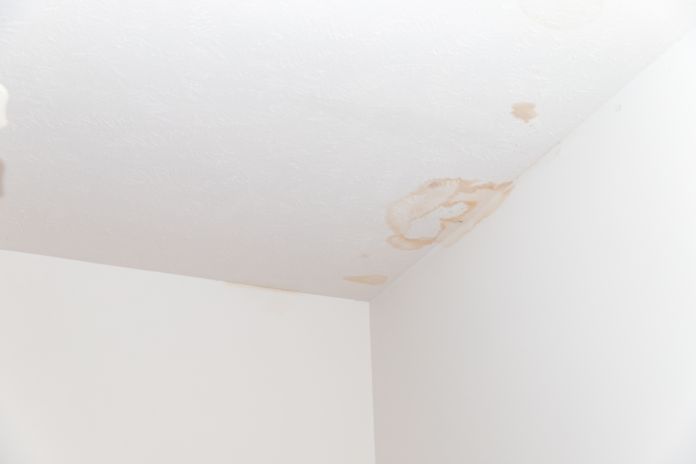
Homeowners are all too familiar with the setbacks that come with water leaks, and finding the source of the issue can be troublesome. To help you take charge of this situation, we’ve outlined five effective ways to find hidden water leaks in your home. By addressing the problem early, you can prevent potential damage to your home’s structure, decrease your water bill, and halt mold growth. Keep reading to learn about these techniques, and never let a leaky situation dampen your spirits again!
1. Check Your Water Meter
One reliable method for detecting leaks inside and outside your home is closely monitoring your water meter. To do this, turn off all water appliances and faucets in your home. Then, observe the water meter’s leak indicator (usually a small triangle or dial) and see if it’s moving. If the indicator is spinning and moving, an ongoing leak in your home needs fixing.
2. Look for Unusual Dark or Wet Spots
Inspect your home for unusual wet or dark spots on ceilings, floors, or walls, which could indicate a hidden water leak. While you’re at it, note any stains or discolorations, as well as warped or bulging materials, since these signs might point to water intrusion in your home.
For example, unusual dark spots on your ceiling could indicate your roof is leaking. Ensure you know what to do when your roof starts leaking. This way, you can prevent larger, more costly issues down the road.
3. Listen for Unexplained Sounds
When all water sources are off, and you still hear dripping or running water noises, that’s a strong indication that you have a hidden leak. Be sure to check your pipes’ connections and follow the sound to trace any discrepancies. Leaking pipes often emit noticeable sounds, so listening closely can be instrumental in locating the exact source.
4. Monitor Your Water Bill
Keep track of your monthly water usage to spot any sudden increases. An unexpectedly high water bill might point to an inconspicuous water leak you haven’t detected. While factors like increased usage or seasonal shifts can account for changes in your water bill, analyzing your water consumption patterns can shed some light on whether there’s an ongoing leak.
5. Employ Food Coloring
One last way to identify hidden water leaks in your home involves using food coloring. To pinpoint a potential toilet leak, add a few drops of food coloring to the backend tank and wait for around 15 to 20 minutes. If the colored water finds its way into your toilet bowl, you have a leaky toilet.
Don’t let small leaks snowball into bigger problems for your home and wallet. Regularly implementing these five ways to find hidden water leaks in your home can save you time, money, and effort in the long run. By following the methods above, you can stay one step ahead of any water-related issues and make sure your home remains dry, safe, and secure.































